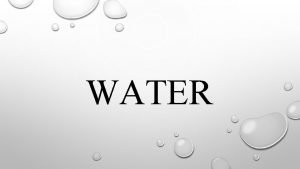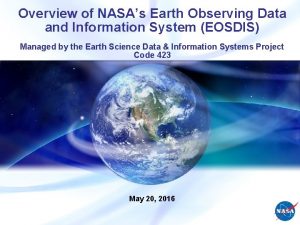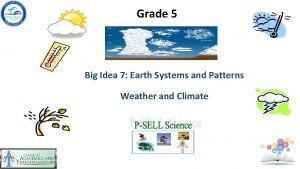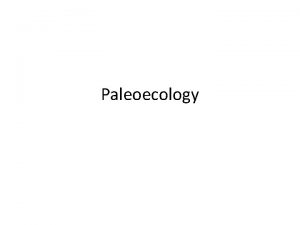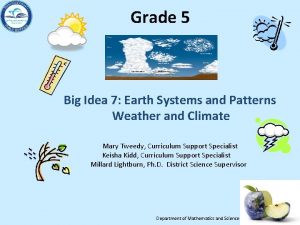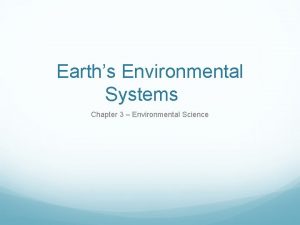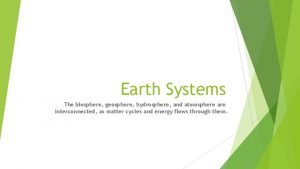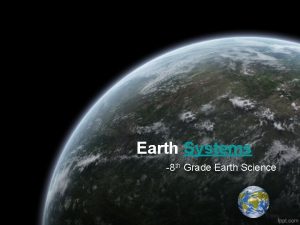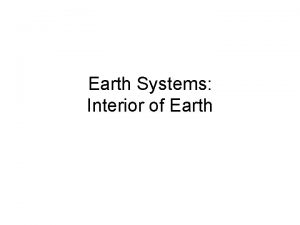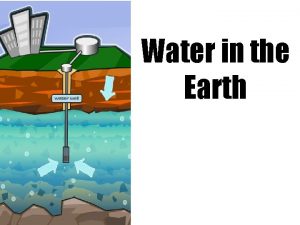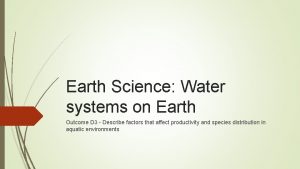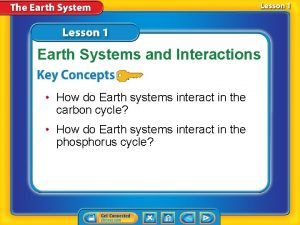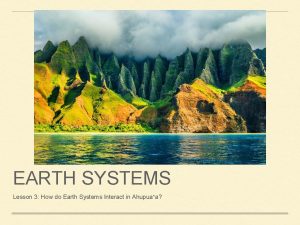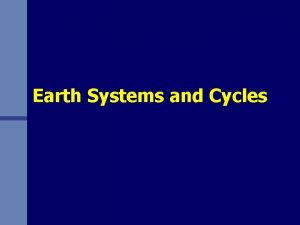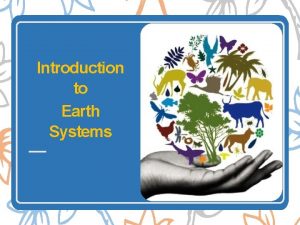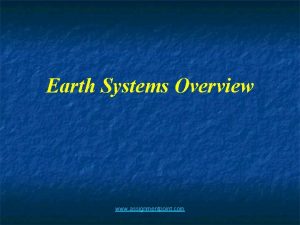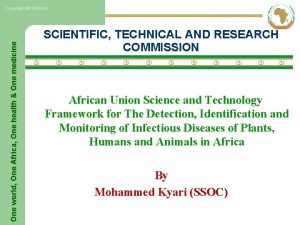Water Systems On Earth l Water is one


















- Slides: 18

Water Systems On Earth

l Water is one of the most precious resources on earth.

How Do We Use water?

Water Household Use In Canada

Water Distribution l The vast majority of water on Earth, about 97 percent, is salt water l Only 3 percent of the planet’s water is “fresh water, ” ( does not contain salt). l. Two thirds of this water is frozen in large masses of ice at the North and South Poles, and glaciers in the high mountaintops.


l

l Water is always on the move. It evaporates into the air and falls from clouds as rain or snow. l. The best way to understand Earth’s water supply is to study it as a system — a system in which water constantly moves around between sea, sky, land, and life.

l. A hydrologist is a person who studies the Earth’s water systems.

Oceanographer An oceanographer is a person who studies the ocean, including such aspects as: l Its geography l Physical components such as currents and temperature l Marine life l

Hydrosphere l All of the water on Earth is called the hydrosphere.

Atmosphere l Some of the earth’s water is in the atmosphere – the environment surrounding the earth.

Lithoshpere l Some soaks, seeps, and flows into Earth’s lithosphere—the solid rocky ground of Earth’s crust.

l Each drop of rain that falls must go somewhere. Some runs off the land into the streams, rivers, ponds, lakes, and then pours into the oceans. l. Some soaks, seeps, and flows into Earth’s lithosphere and some appears to just“vanish” into Earth’s atmosphere

Water Cycle

The movement of water is the result of two common changes of state: l. Evaporation - the change of state from a liquid to a gas. l. Condensation - the change of state from a gas to a liquid.

l Evaporation converts liquid water from Earth’s surface into gaseous water vapour. l Gaseous water vapour remains in the atmosphere until it cools. As it cools, water vapour condenses to form clouds. Liquid and solid water fall from the clouds as precipitation—rain and snow.

l These two changes of state make the water cycle possible. A cycle is a series of events that repeat themselves over a period of time, where the events or steps always lead back to the starting point. l In the water cycle, there is no beginning or end. Water is just constantly changing form.
 Water and water and water water
Water and water and water water Anything that makes a substance impure or unsuitable
Anything that makes a substance impure or unsuitable One god one empire one religion
One god one empire one religion One one one little dog run
One one one little dog run One king one law one faith
One king one law one faith One god one empire one emperor
One god one empire one emperor Ford one plan
Ford one plan See one do one teach one
See one do one teach one One price policy
One price policy Night structure
Night structure Studiendekanat uni bonn
Studiendekanat uni bonn Asean tourism strategic plan
Asean tourism strategic plan Graphic organizer with the aims of la liga filipina
Graphic organizer with the aims of la liga filipina Collab crib (2021) userscloud.com
Collab crib (2021) userscloud.com Big idea 7: earth systems and patterns answer key
Big idea 7: earth systems and patterns answer key Earth systems
Earth systems Big idea 7 earth systems and patterns
Big idea 7 earth systems and patterns Earth's environmental systems chapter 3
Earth's environmental systems chapter 3 Geosphere to biosphere
Geosphere to biosphere

